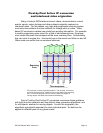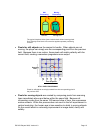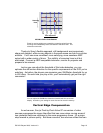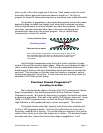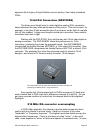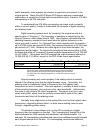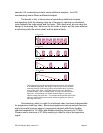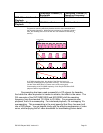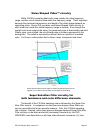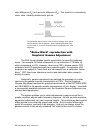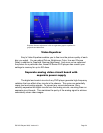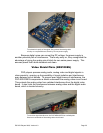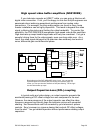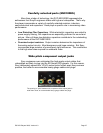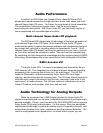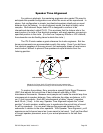
ES DVD Players 2005, Version 4.0 Page 22
Noise Shaped Video™ circuitry
While 216 MHz sampling deals with noise outside the video frequency
range, another circuit reduces noise within the frequency range. That's important
because the perceived transparency and depth of the video image depends on
controlling noise. Sony's D/A converter uses Noise Shaped Video circuitry to
shift noise from inside the visible frequency range to outside. Even though the
overall noise level remains the same, the perceived noise is dramatically reduced.
What's more, once shifted, the out-of-band noise is further suppressed by the
analog filter. The result is reproduction without flecks or specks of unwanted
color. You'll see a video picture that's vibrant, deep, transparent and clean.
Noise Shaped Video and the higher 216 MHz sampling frequency work
together to cut video noise for improved transparency and clarity.
Super Sub Alias Filter circuitry for
both luminance and color difference channels.
The benefit of the 216 MHz sampling rate is delivered by the Super Sub
Alias Filter circuits. In comparison to most previous designs, these filters are
now far more effective for two powerful reasons. First, the 216 MHz sampling
rate is higher. Second, while some previous designs deployed Super Sub Alias
Filter circuitry on the black-and-white (luminance) channel only, the DVP-
NS9100ES uses these filters on all three video channels: luminance (Y), blue



